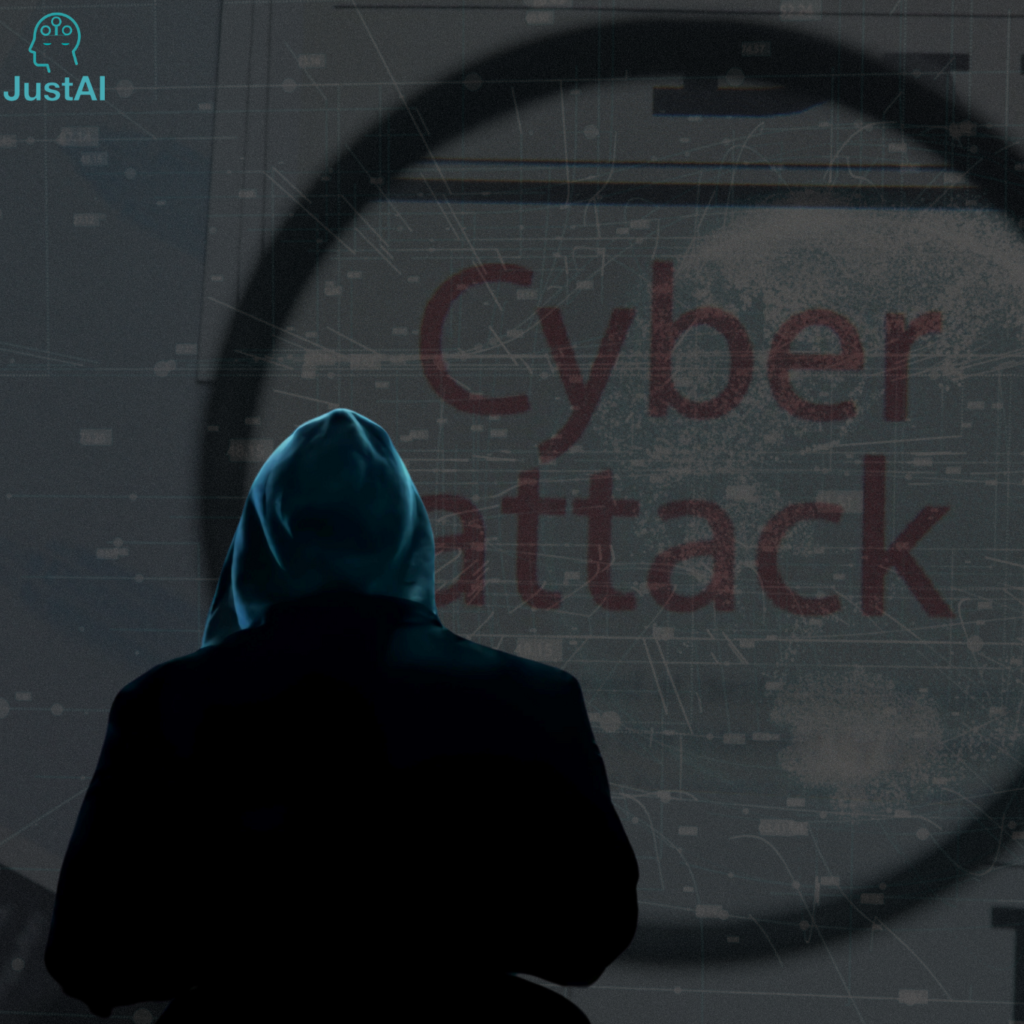In 2024, AI-driven cyber attacks have become the top cybersecurity threat for enterprises, adding to an already complex digital threat landscape. A recent report from Gartner ( Q3 2024) highlights how these attacks exploit AI to craft sophisticated, adaptive threats, which, combined with global uncertainties like the upcoming U.S. elections and regulatory shifts, significantly increase the risk landscape for businesses worldwide.
Key Highlights from the Report :
- AI-Driven Attacks as Top Threat: Artificial intelligence-powered cyber attacks are now the leading emerging risk for enterprises. AI enables cybercriminals to create more precise and scalable attacks, bypassing traditional security measures by constantly learning and adapting.
- Political and Regulatory Uncertainty: According to Zachary Ginsburg (senior director of research at Gartner’s Risk & Audit Practice), while headlines focus on election candidates and their proposals, the real risk for organizations lies in the numerous scenarios that could emerge post-election. Ginsburg also highlighted that recent U.S. Supreme Court rulings limiting federal agency regulatory power add another layer of unpredictability, complicating organizations’ risk planning.
- Over-Reliance on Key Vendors: The CrowdStrike outage in July 2024 sparked new concerns over heavy reliance on major IT Ginsburg noted that third-party providers, such as SaaS vendors, often depend on additional suppliers, which can expose organizations to extensive risks they may not fully understand.
- Mitigating AI-Driven Threats: Ginsburg advises that organizations must go beyond merely addressing specific risk events and instead assess their broader capacity to handle This approach enhances resilience, enabling organizations to mitigate both anticipated and unforeseen risks more effectively.
Expert Insights on AI-Driven Cybersecurity Threats
Zachary Ginsburg, emphasizes that the potential for AI to be weaponized creates unique challenges for enterprise security. He highlights how AI’s capability to generate sophisticated, adaptive threats makes traditional defenses insufficient, stating, “AI-powered attacks allow cybercriminals to craft highly tailored, adaptive threats, making it critical for organizations to invest in next-gen security solutions.”
Another significant point from Ginsburg addresses the risks of over-relying on third-party providers. Referring to incidents like the recent CrowdStrike outage, he notes, “Because third parties, like SaaS vendors, rely on other vendors, organizations may not realize the full extent of their exposure.” This chain of dependency can create hidden vulnerabilities that only surface in critical situations, raising concerns about operational resilience and risk planning.
Lastly, it is for companies to assess their broader capacity to manage disruptions proactively, saying, “By going beyond specific risk events and focusing on organizational resilience, enterprise risk leaders can reduce exposure and enhance long-term stability.” This suggests that building resilience is just as important as reacting to immediate threats.
AI-driven cyber attacks are redefining the cybersecurity landscape for enterprises, presenting sophisticated threats that exploit both digital and operational weaknesses. To navigate these challenges, organizations must adopt a forward-thinking, adaptive risk management strategy, investing in AI-informed defenses and assessing their resilience against disruption. As the landscape of cyber threats evolves, enterprises that prioritize adaptability and proactive security measures will be best positioned to mitigate AI-driven risks.
References :
- https://economictimes.indiatimes.com/tech/artificial-intelligence/ai-driven-cyber-attacks-top-ri sk-for-enterprises-says-report/articleshow/114914849.cms
- https://www.gartner.com/en/newsroom/press-releases/2024-05-22-gartner-survey-shows-ai-enh anced-malicious-attacks-as-top-er-for-enterprises-for-third-consec-quarter#:~:text=Artificial%20 intelligence%20(AI)%2Denhanced,the%20top%20of%20emerging%20risk.

